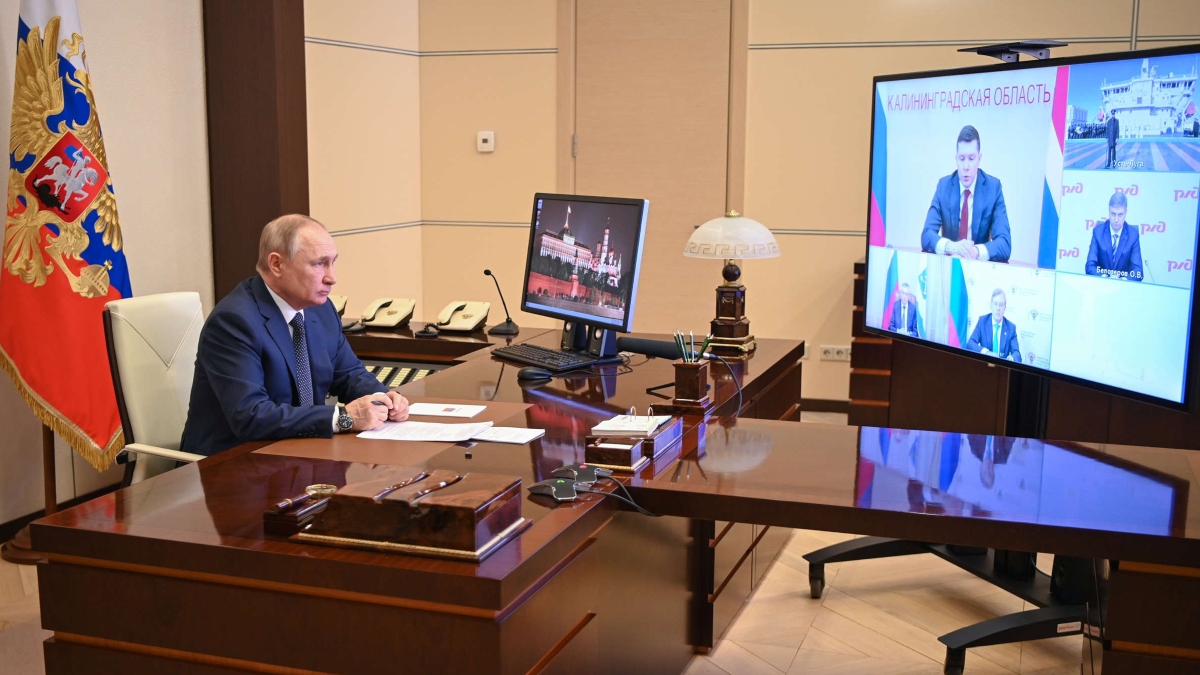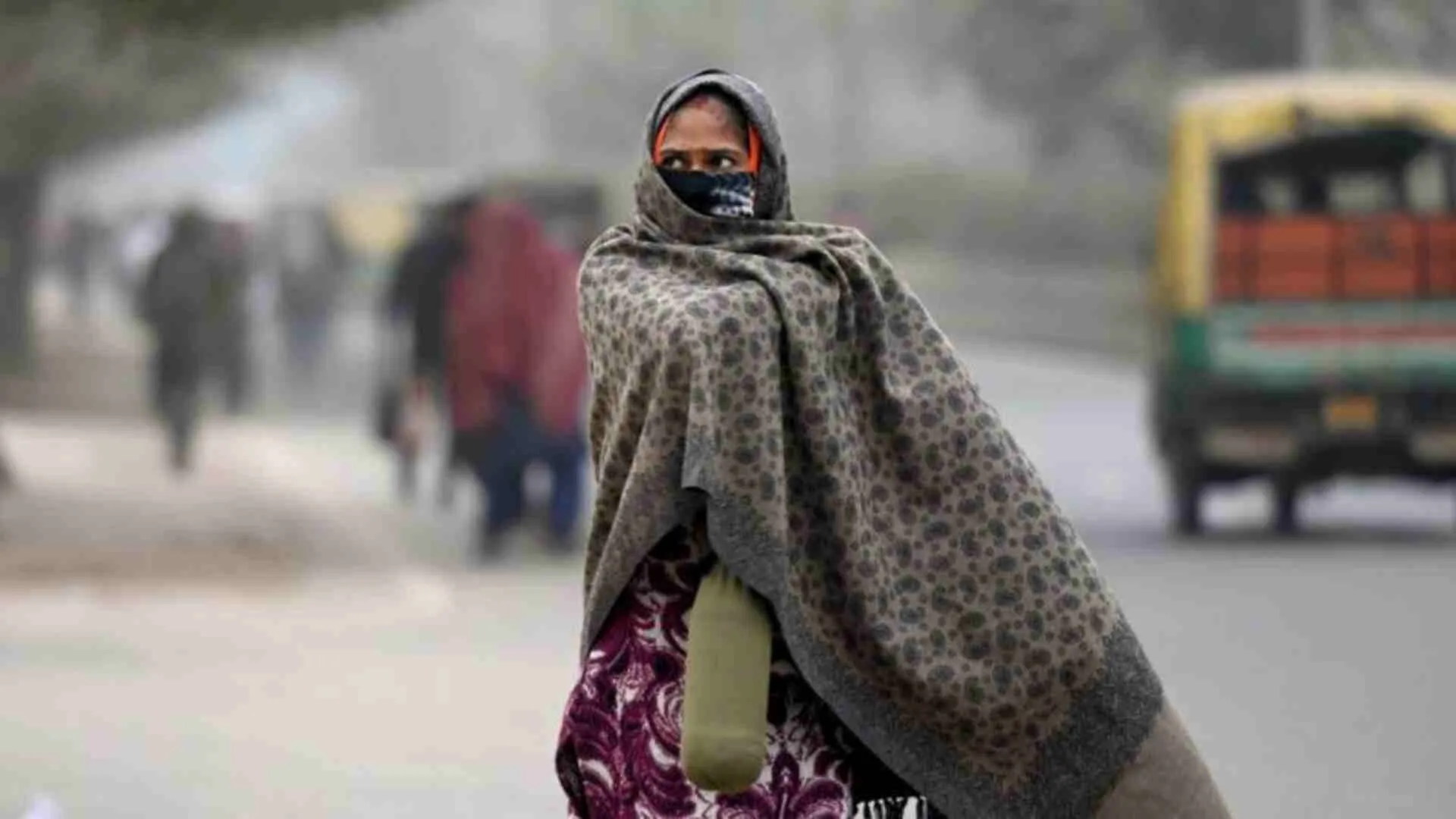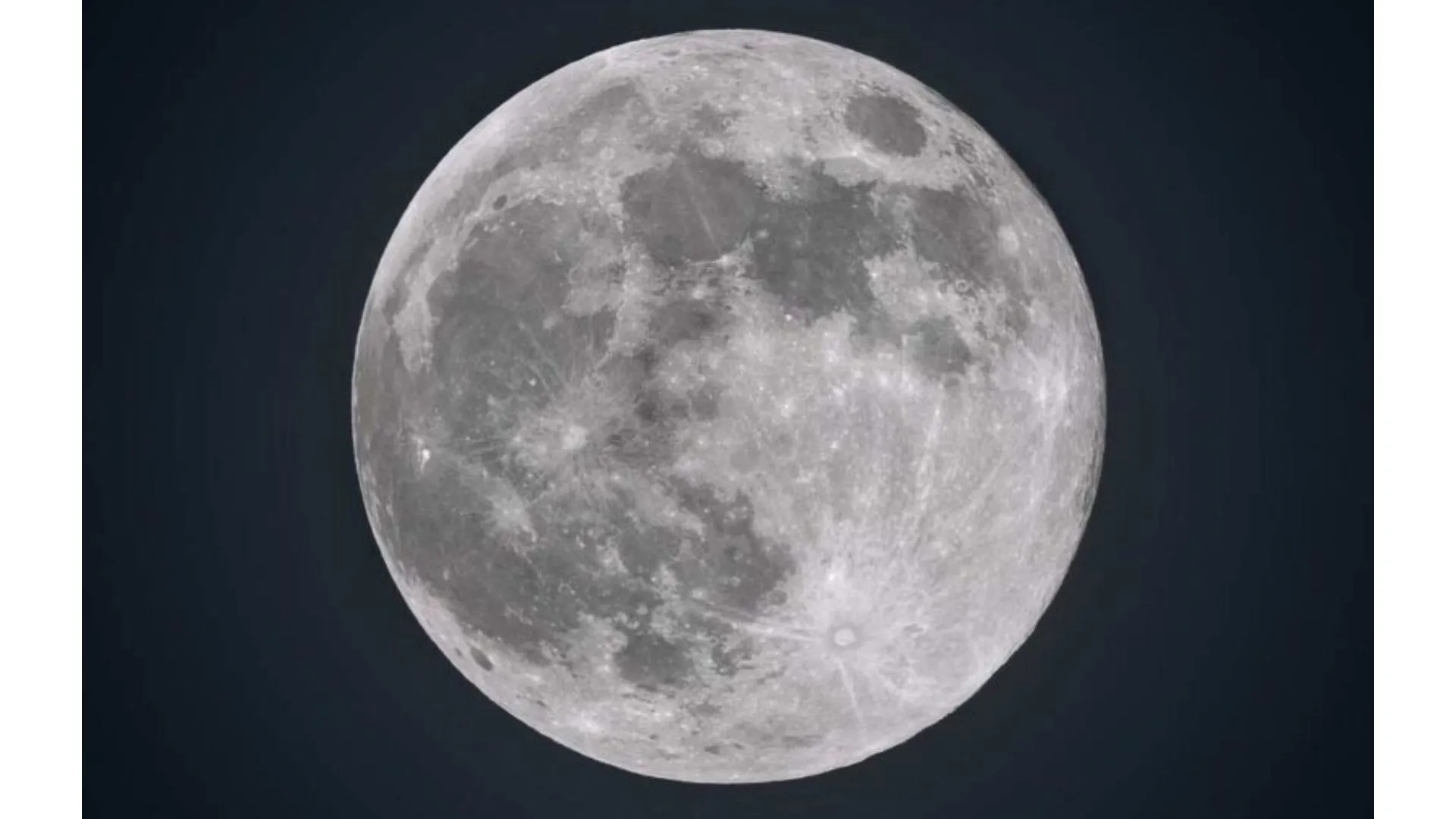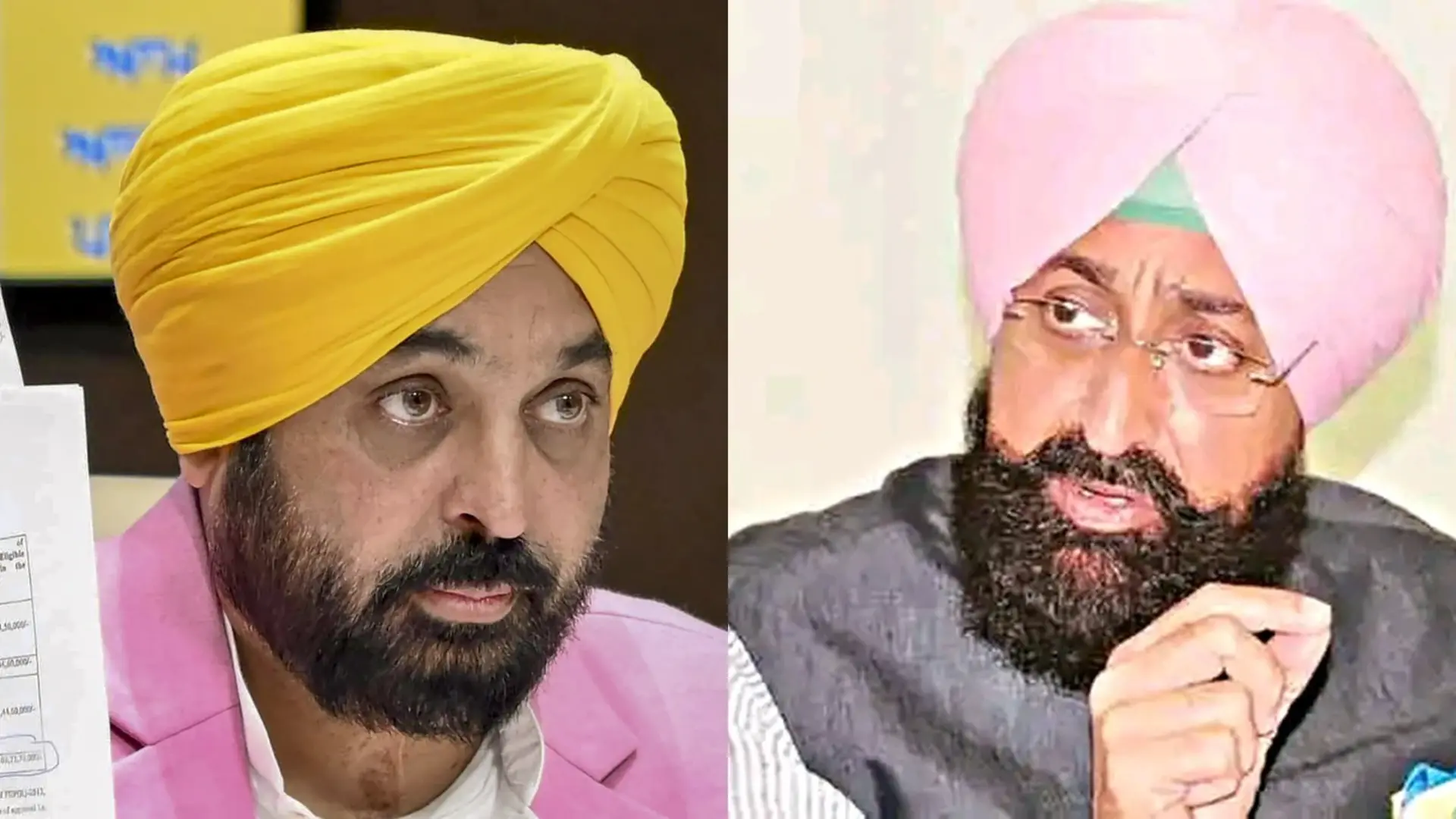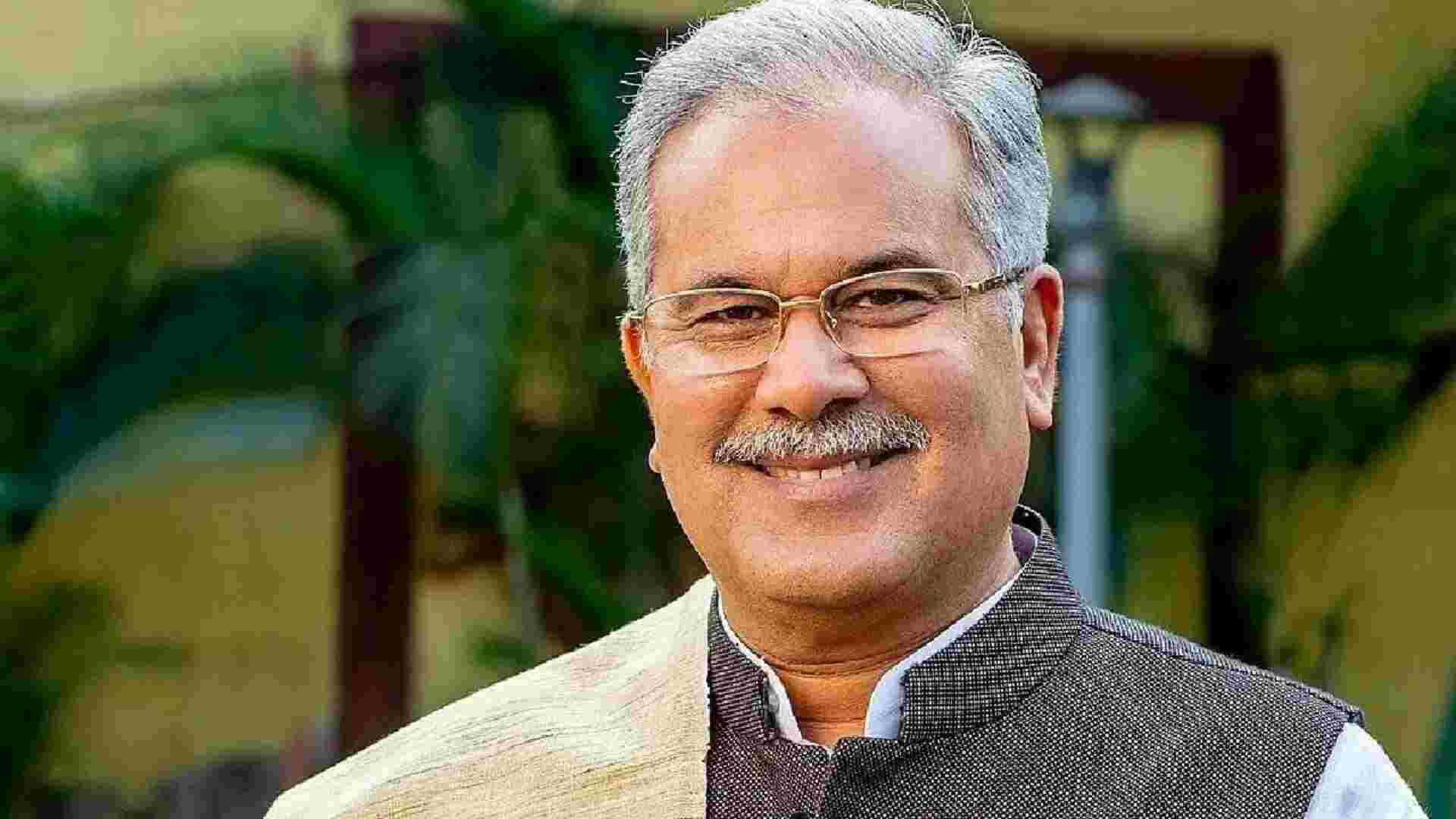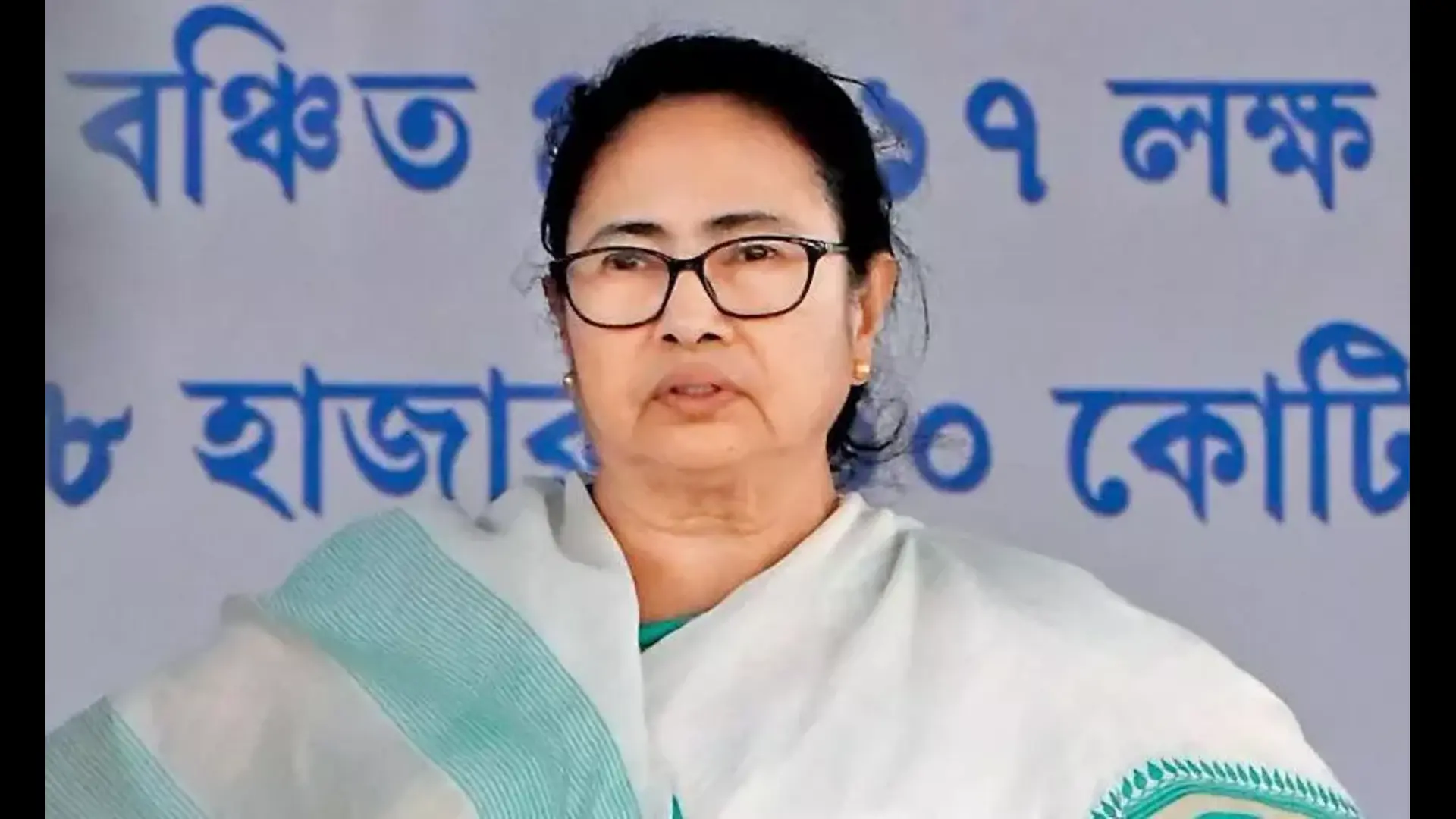Russia’s new foreign policy strategy, announced by President Vladimir Putin on Friday, identified China and India as its primary global allies.
The new 42-page document emphasized the importance of “deepening ties and coordination with friendly sovereign global centres of power and development located on the Eurasian continent.”
During the Cold War, India and Russia maintained close strategic, military, economic, and diplomatic ties. Russia and India both describe this alliance as unique and privileged.
India and Russia’s strategic partnership is built on five pillars: politics, defence, civil nuclear energy, counter-terrorism cooperation, and space. India and Russia celebrated their diplomatic relations’ 75th anniversary.
According to the document, Russia will continue to build a particularly privileged strategic partnership with India with the goal of enhancing and expanding mutually beneficial cooperation in all areas, with a particular emphasis on increasing the volume of bilateral trade, strengthening investment and technological ties, and ensuring their resistance to destructive actions of unfriendly states and their alliances.
The document further reads, “Russia intends to prioritise strengthening the capacity and international role of the BRICS, the Shanghai Cooperation Organization (SCO), the Commonwealth of Independent States (CIS), the Eurasian Economic Union (EAEU), the Collective Security Treaty Organization (CSTO), the RIC (Russia, India, China), and other interstate associations and international or regional organisations in order to help adapt the world order to the realities of a multipolar world.”

